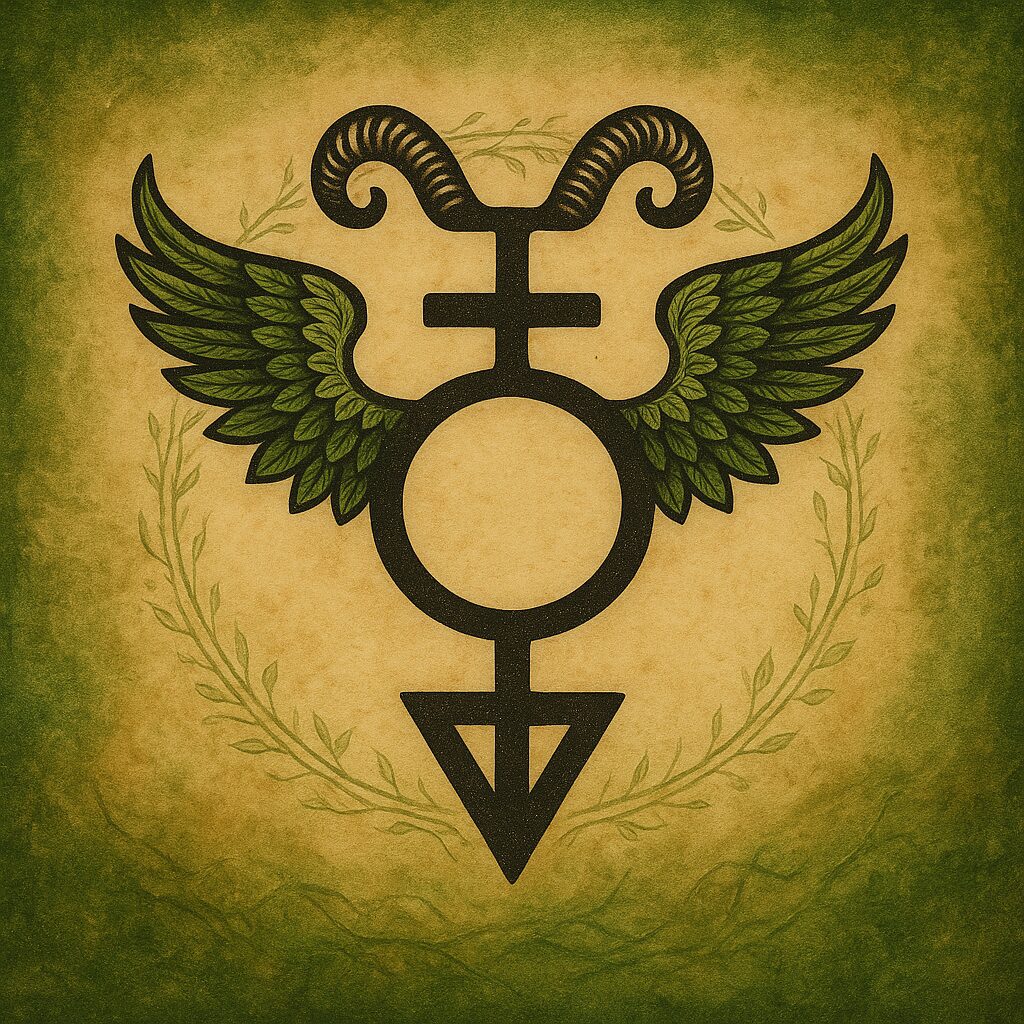Animism and Sacred Ecology

To animist thought, the world is not mute matter but a field of presence. Rivers murmur prayers of motion, stones remember the weight of ages, tools hum with the residue of human intention. Nothing is empty. Nothing is inert. Spirit breathes through the total fabric of existence.
Within Neopagan thought, “animism” names this oldest intuition: that consciousness is not confined to human minds, nor even to living flesh, but pervades all forms. It is the belief—sometimes whispered as knowing—that the universe is not a machine but a conversation. Modern Paganism inherits this from both ancestral cosmologies and contemporary ecological insight. In the language of science, ecosystems are webs of interdependence; in the language of magic, they are covenants of being. The difference is only in voice.
Contemporary writers such as Starhawk, in The Spiral Dance, and Graham Harvey, in Animism: Respecting the Living World, have reframed this understanding for the modern age. They remind us that sacred ecology is not nostalgia for a simpler time, but an ethical stance: to recognize personhood wherever agency moves, to treat the world as thou rather than it. Such a perspective collapses the boundary between spirituality and environmentalism. To heal the land is to heal the spirit, and to pollute the waters is to desecrate the divine.
In this view, ritual becomes dialogue. When a practitioner lights incense beside a stream, the gesture is not symbolic but relational; an offering, not to appease, but to acknowledge. The same flame that releases herbs into the air also awakens the element of Fire as a participant in the act. To walk the circle, to pour libation, to whisper thanks to soil or storm—these are all languages of respect, spoken back to a world that has never stopped speaking first.
Animism and sacred ecology thus form a spiritual grammar through which many modern Pagans interpret both magic and morality. The cycle of the seasons, the tides of the moon, the pulse of one’s own breath—each mirrors the reciprocal pulse of the cosmos. As Kael has written elsewhere, “Presence is the first offering.” To attend to the living world with awareness is itself a ritual of communion.
The ancient Celts spoke of nemeton, the sacred grove where divine and mortal met beneath the same canopy. The term survives as both memory and invitation. In the modern grove—whether it is a forest clearing, a kitchen altar, or a city balcony—this principle endures. The place is less important than the awareness. Every act of mindful reverence re-enchants the world, knitting spirit back into matter.
Ultimately, animism within Neopagan practice is not a doctrine but a discipline of perception. It asks us to re-learn how to listen—to wind, to metal, to the heartbeat of soil—and to act accordingly. Sacred ecology begins when devotion becomes ecological behavior and ecology becomes prayer. To live animistically is to stand once more in the conversation of creation, where everything seen and unseen speaks in the language of reciprocity.
Animism is the recognition of spirit in every fragment of creation. The Elements are its languages; the Archons, its architecture. Both reveal a cosmos where consciousness shapes itself into pattern—and pattern, in turn, breathes with awareness. Within this living order, the Fair Folk move as vital currents of being, and the Druids, in their wisdom, know that humanity stands not apart from nature but within it—witness and participant in the sacred conversation of life.

